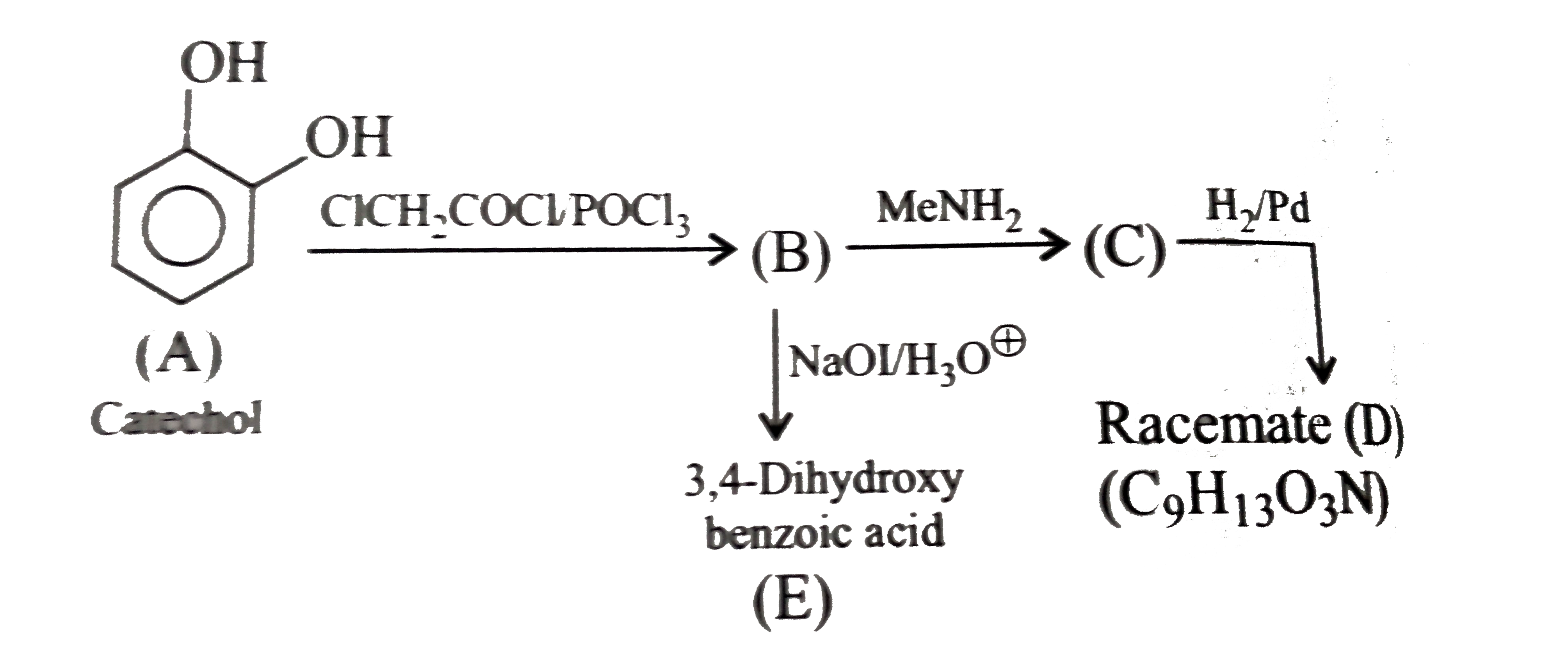A compound is prepared from gypsum upon heating to a temperature of 373 K and it changes back to gypsum on adding water. Which is the incorrect statement about the compound?
The compound is used for setting fractured bones.
The compound is called plaster of Paris which is calcium sulphate dehydrate with a formula CaSO4.2HO.
If heated at higher temperature, the compound becomes dehydrated and is called dead burnt plaster.
Both (A) and (B).
The correct Answer is:B
To solve the question, we need to analyze the information given about the compound prepared from gypsum and determine which statement is incorrect. Here’s a step-by-step solution:
Step 1: Identify Gypsum and Its Formula
Gypsum is a mineral composed of calcium sulfate dihydrate. Its chemical formula is:
CaSO4⋅2H2O
Step 2: Heating Gypsum
When gypsum is heated to a temperature of 373 K (which is approximately 100 °C), it loses water and transforms into a different compound known as Plaster of Paris. The reaction can be represented as:
CaSO4⋅2H2Oheat−−→CaSO4⋅12H2O+1.5H2O (as steam)
Step 3: Identify the Compound Formed
The compound formed after heating gypsum is called Plaster of Paris, which has the formula:
CaSO4⋅12H2O
This is also referred to as calcium sulfate hemihydrate.
Step 4: Rehydration of Plaster of Paris
When water is added to Plaster of Paris, it rehydrates and converts back to gypsum:
CaSO4⋅12H2O+1.5H2O→CaSO4⋅2H2O
Step 5: Analyze the Statements
Now, we need to evaluate the statements provided in the question to find the incorrect one:
1. The compound is used for setting fractured bones.
- This statement is correct. Plaster of Paris is indeed used for this purpose.
2. The compound is called Plaster of Paris which is Calcium Sulfate Dihydrate with the formula CaSO4.2H2O.
- This statement is incorrect. Plaster of Paris is calcium sulfate hemihydrate, not dihydrate. Its correct formula is CaSO4.1/2H2O.
3. If heated at higher temperature the compound becomes dehydrated and is called dead burnt plaster.
- This statement is correct. Heating Plaster of Paris at higher temperatures leads to the formation of anhydrous calcium sulfate, known as dead burnt plaster.
4. Both A and B.
- This statement is also incorrect because statement A is correct.
Conclusion
The incorrect statement about the compound is:
The compound is called Plaster of Paris which is Calcium Sulfate Dihydrate with the formula CaSO4.2H2O.
Gypsum is a mineral composed of calcium sulfate dihydrate. Its chemical formula is:
CaSO4⋅2H2O
When gypsum is heated to a temperature of 373 K (which is approximately 100 °C), it loses water and transforms into a different compound known as Plaster of Paris. The reaction can be represented as:
CaSO4⋅2H2Oheat−−→CaSO4⋅12H2O+1.5H2O (as steam)
The compound formed after heating gypsum is called Plaster of Paris, which has the formula:
CaSO4⋅12H2O
This is also referred to as calcium sulfate hemihydrate.
When water is added to Plaster of Paris, it rehydrates and converts back to gypsum:
CaSO4⋅12H2O+1.5H2O→CaSO4⋅2H2O
Now, we need to evaluate the statements provided in the question to find the incorrect one:
- This statement is correct. Plaster of Paris is indeed used for this purpose.
- This statement is incorrect. Plaster of Paris is calcium sulfate hemihydrate, not dihydrate. Its correct formula is CaSO4.1/2H2O.
- This statement is correct. Heating Plaster of Paris at higher temperatures leads to the formation of anhydrous calcium sulfate, known as dead burnt plaster.
- This statement is also incorrect because statement A is correct.
The incorrect statement about the compound is:
The compound is called Plaster of Paris which is Calcium Sulfate Dihydrate with the formula CaSO4.2H2O.
Topper's Solved these Questions
- BOOK - OSWAL PUBLICATIONCHAPTER - ACIDS, BASES AND SALTSEXERCISE - ASSERTION AND REASON BASED MCQs8videos
ACIDS, BASES AND SALTS
- BOOK - OSWAL PUBLICATIONCHAPTER - ACIDS, BASES AND SALTSEXERCISE - CASE-BASED MCQs42videos
ACIDS, BASES AND SALTS
- BOOK - OSWAL PUBLICATIONCHAPTER - CARBON AND ITS COMPOUNDSEXERCISE - CREATING BASED QUESTIONS23videos
CARBON AND ITS COMPOUNDS
Similar Questions
Knowledge Check
- Question 1 - Select One
Which is incorrect statement about heats of combustion?
A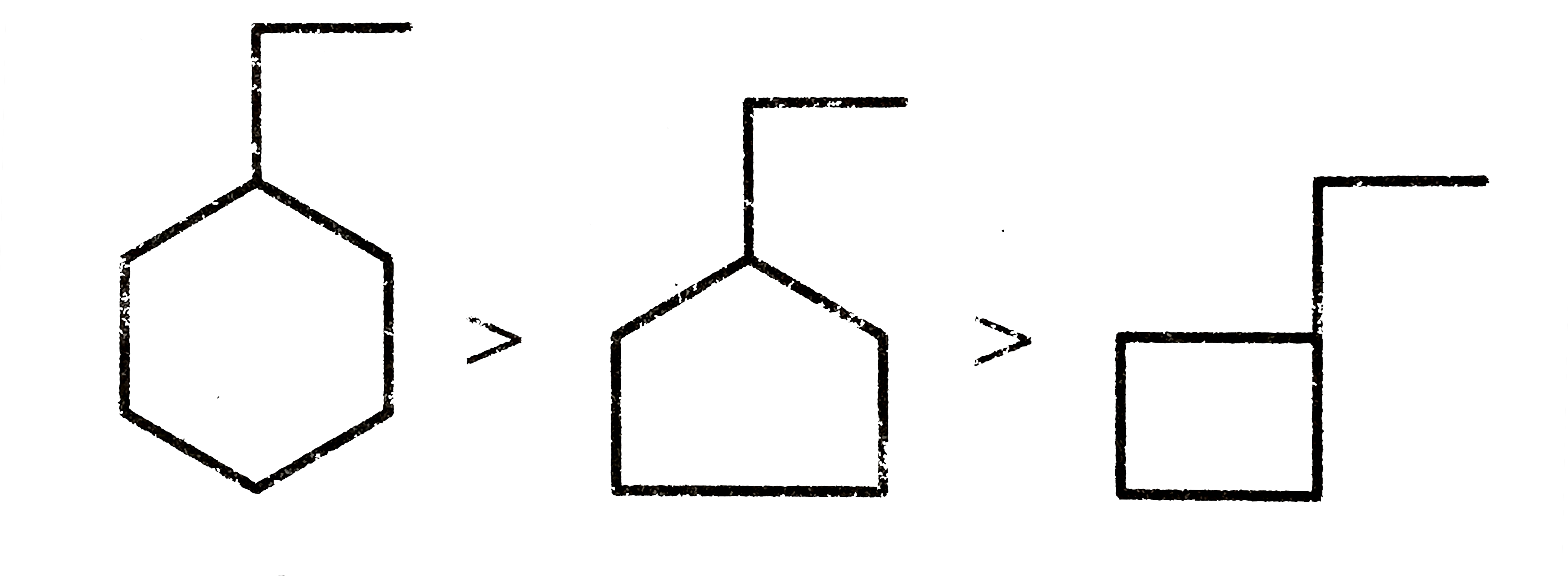 B
B CIso-butene gt trans-2-butene gt 1-buteneDn-Hexane lt n-Heptane lt n-octane
CIso-butene gt trans-2-butene gt 1-buteneDn-Hexane lt n-Heptane lt n-octane - Question 2 - Select One
Choose the incorrect statement about the following compounds .
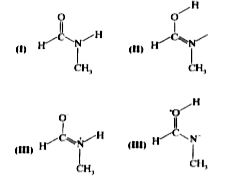 ACompounds (I) and (II) are constitutional isomers .BCompounds (I) and (III) are resonance structuresCCompounds (I) and (IV) are resonance structuresDCompounds (II) and (IV) are resonance structures .
ACompounds (I) and (II) are constitutional isomers .BCompounds (I) and (III) are resonance structuresCCompounds (I) and (IV) are resonance structuresDCompounds (II) and (IV) are resonance structures . - Question 3 - Select One
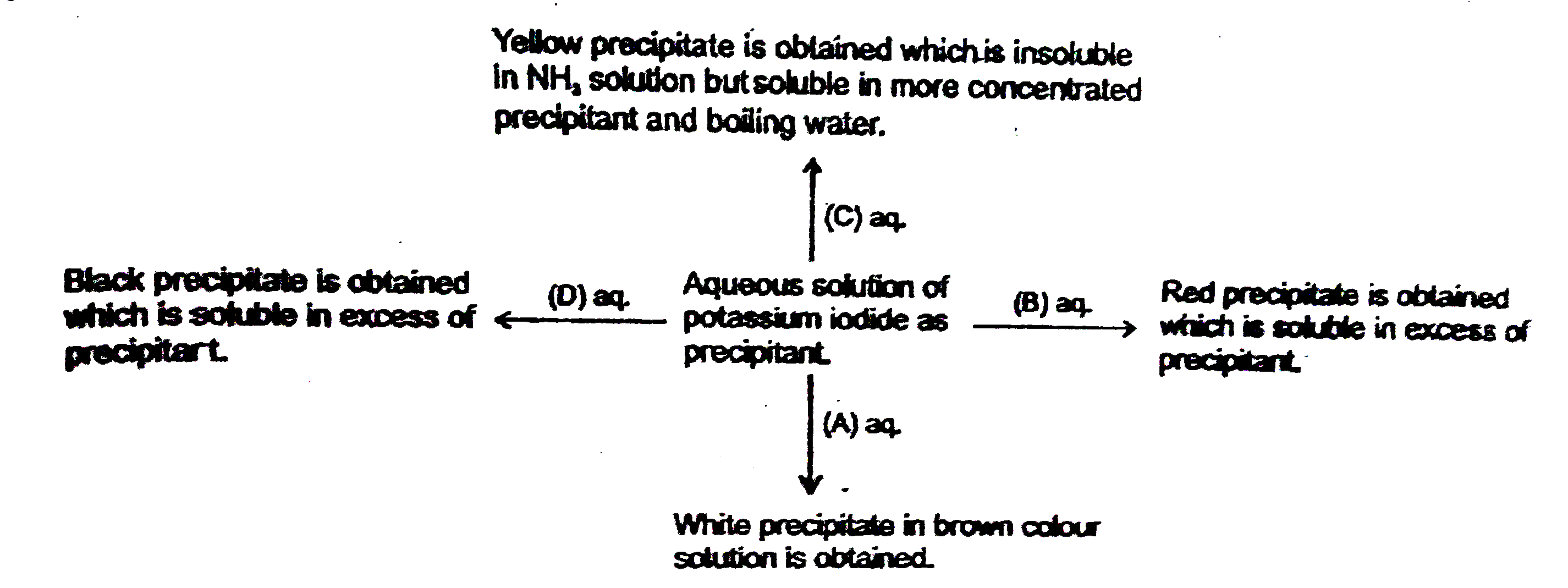
Select the incorrect statement about (A) and ( C) compounds.AAqueous solution of (C ) produces white precipitate with dilute HCl (2M)BAqueous solution of (A ) gives black white precipitate with H2S gas and dilute HClCAqueous solution of (C ) produces red precipitate with K2CrO4 solutionDAqueous solution of (A ) develops deep blue colouration with excess NH3 solution
The incorrect statement about interstitial compounds is :
View Solution
Incorrect statement about IUPAC name of given compoundView SolutionWhich of the following statements about a compound is correct?
View Solution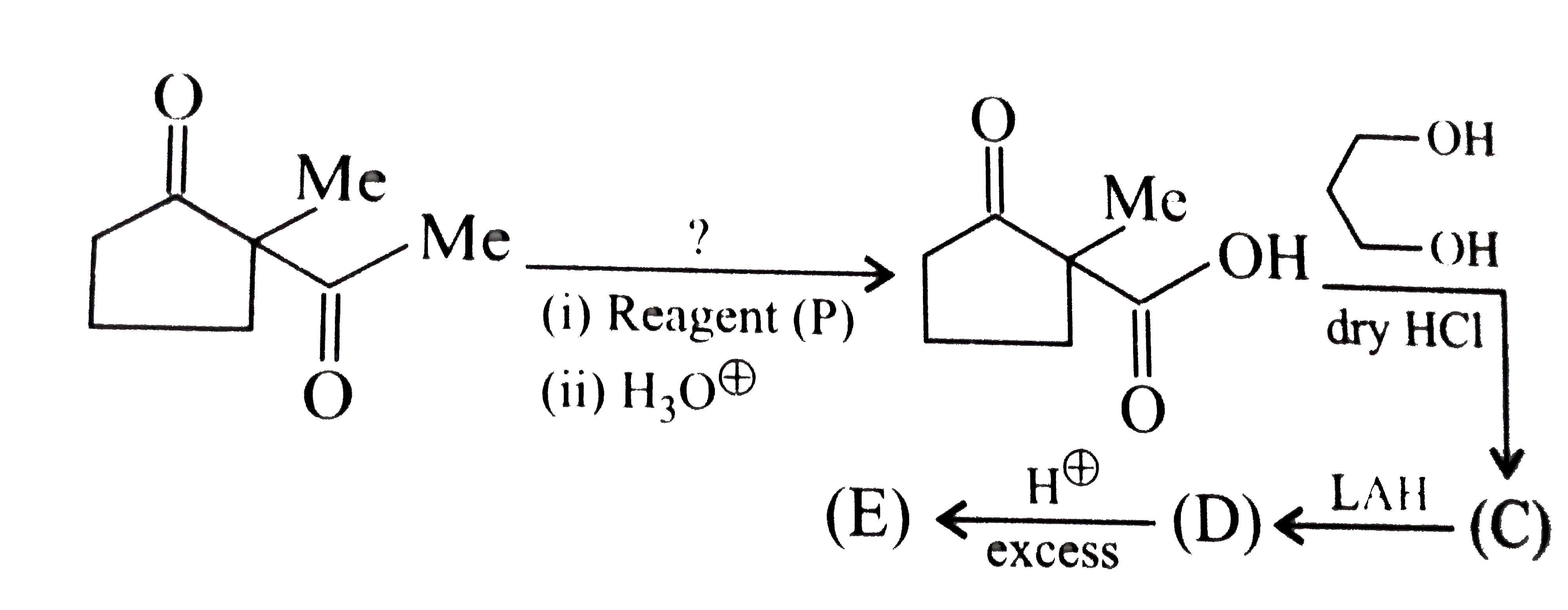
Which of the statement is/are correct about compound (C )?View SolutionWhich of the following is not a correct statement about an ionic compound
View Solution


 Incorrect statement about this compound is
Incorrect statement about this compound is 